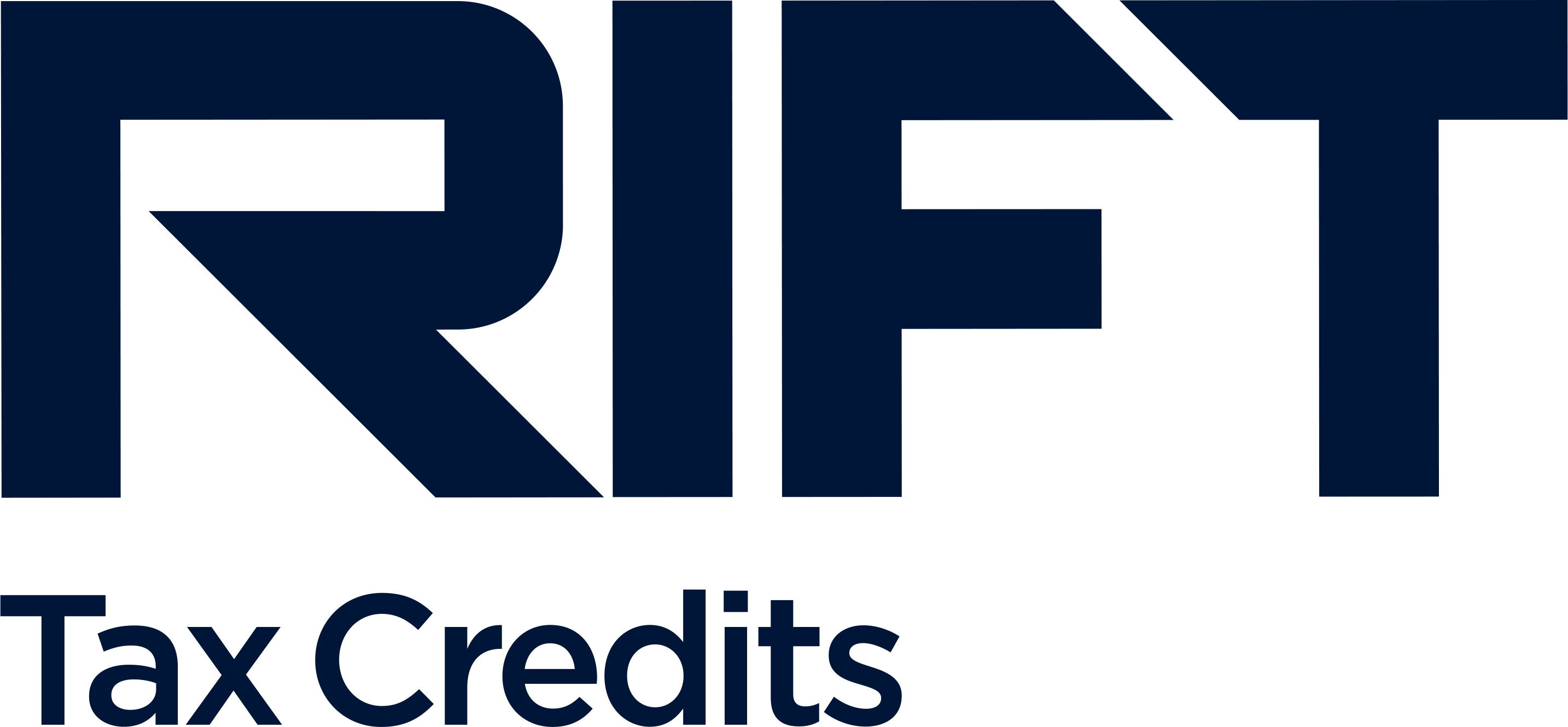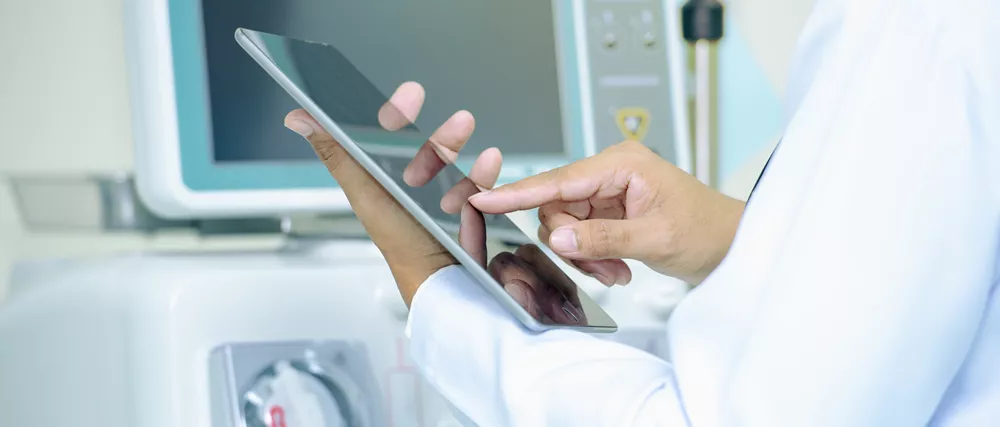This ongoing surge of medical technology is relentless, and the impact of its innovations on individual lives and society as a whole is immeasurable. Thanks to those developments, we’re living healthier into old age than ever before and easing the burdens of those suffering with long term illness or disability.
We talk all the time at RIFT about the importance of a commitment to innovation in every industry. Nowhere is that commitment more significant than in the medical field. Lives are being literally saved daily, while diseases are being controlled, combated and even eradicated entirely all over the world. At the same time, the quality of our lives is improving along with the quantity. Medical Technology is restoring sight to the blind and functional limbs to the injured. Quite literally, we can’t live without it. In the words of the NHS England board:
“Innovation is critical to enabling NHS England to achieve the ambitions set out in the Mandate, to ramp up the pace and scale of change, and deliver better outcomes for patients across all five domains of the NHS Outcomes Framework.”

In a field as broad and far-reaching as Medtech Innovation, we’re obviously talking about a lot more than just high-tech equipment. Research and Development is the life-blood pumping through the entire medical sector. Everything from the way we diagnose diseases to how we record and share information is affected by innovation.
Electronic Health Records (EHRs) alone have had an immense impact. Better communication, whether in terms of improved procedures or actual technologies, is putting medical care within reach for more people than ever before, and helping medical professionals access the patient histories and most up-to-date information they need.
Meanwhile, out on the literal cutting edge, advancements in minimally invasive surgical techniques are reducing risk and recovery times, and previously fantastical developments from robotic surgery to “telehealth” systems are changing the whole way we think and talk about medical care.
One key area impacted by medical innovation is diagnosis. Wearable and smart technologies can report reliable and essential information automatically. Sensors can even be implanted internally, leading to incredibly fast identification of problems. After the initial diagnosis is made, these monitoring technologies offer a real advantage in managing a disease and studying its progress.
The ability to check instantly on a patient’s condition over long distances alone is a major step forward. From the phones in our pockets to the watches on our wrists, we’re all carrying around some hefty computing power on a daily basis. Pressing that technology into service monitoring our health is already increasing the chances of picking up on tell-tale signs of disease early enough to act. Medical diagnosis is moving out of surgery appointments and hospital waiting lists and into our own hands.
Obviously, handling large amounts of private patient information comes with a few notable dangers, so a lot of the work involved has to include measures to protect that data. Even so, the benefits to patients in terms of early diagnosis, even for conditions without obvious symptoms, are huge. By replacing paper records with EHRs, patient care is becoming more responsive and effective, but the amount of information flowing through the medical system is astonishing.
According to one estimate, the healthcare industry alone is collecting and storing around 100 terabytes of data every second. Procedures are constantly being developed to handle this enormous amount of information, and to prevent errors creeping in, all while keeping in line with the various laws on handling personal data.

Despite the complexity of putting all of this into action, the healthcare industry is already seeing serious improvements in the efficiency and effectiveness of EHR systems over the old days of shuffling paperwork. Similarly, costs are coming down, with one study suggesting that outpatient care costs are reduced by as much as 3% because of innovations in how patient information is handled. Taking a broader view, this increased efficiency translates into real-world advantages in everything from predicting disease outbreaks and preventing avoidable deaths to new treatment development and reducing waste.

So that’s a general overview of where we are now with medtech innovation. As a fast-moving field, however, it pays to keep one eye permanently fixed on the future. NHS England, for example, is pouring £45 million into online consultations. This is something that’s been explored in the private sector for a while, but has yet to gain a firm foothold in the NHS. Overall, it’s looking like the future of front-line medical care could be heading away from direct face-to-face appointments and into more of a “virtual clinic” model, based on technologies like video conferencing. In addition to making GPs generally more accessible to patients, this type of system also has the potential to bring down unnecessary appointments and referrals, freeing up vital time and resources.
We’ve already touched on “remote monitoring” of patients, and there’s a strong case to suggest that wearable devices could change the way we approach everything from diagnosis to management of illness. However, it’s worth being a little cautious about the future we’re building toward here. For one thing, patients may not always be happy with the level of “intrusion” this type of technology implies. If smart technology businesses start aggressively targeting patients instead of healthcare professionals, a number of concerns start to appear. Not every device or app may be accurate enough or easy to interpret for the user, for instance. By putting more of the responsibility for monitoring into the patient’s hands, are we risking the reliability of the information we get back?
These are all issues that need to be addressed as we push forward with remote monitoring R&D. There’s also the potential for emerging technologies like Artificial Intelligence to revolutionise the analysis of healthcare information. AI already has a role in drug development, genomics, triage and diagnosis, so the possibilities for further exploration of machine learning techniques are virtually endless.
The challenges of working through the coronavirus pandemic have been tremendous for all businesses, with innovation and ingenuity needed at every turn to overcome everyday challenges. Our team of R&D tax credit specialists are on hand to assess what counts as R&D tax relief for a claim, to maximise your entitlement and ensure no stone is left unturned.

